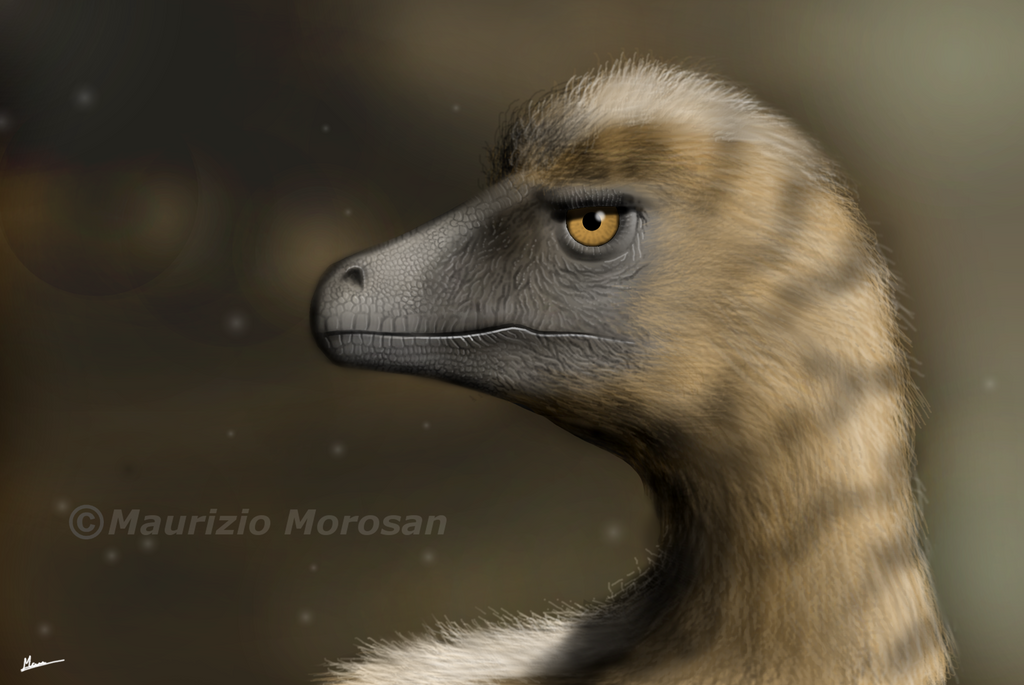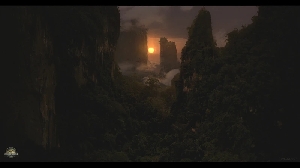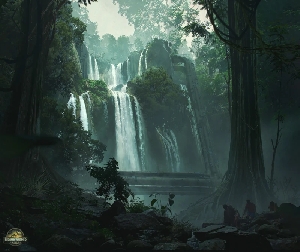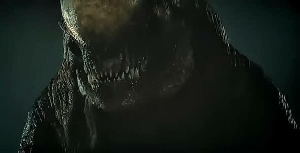Torosaurus And Triceratops - 2 Species not 1
Dinosaurs Forum Topic
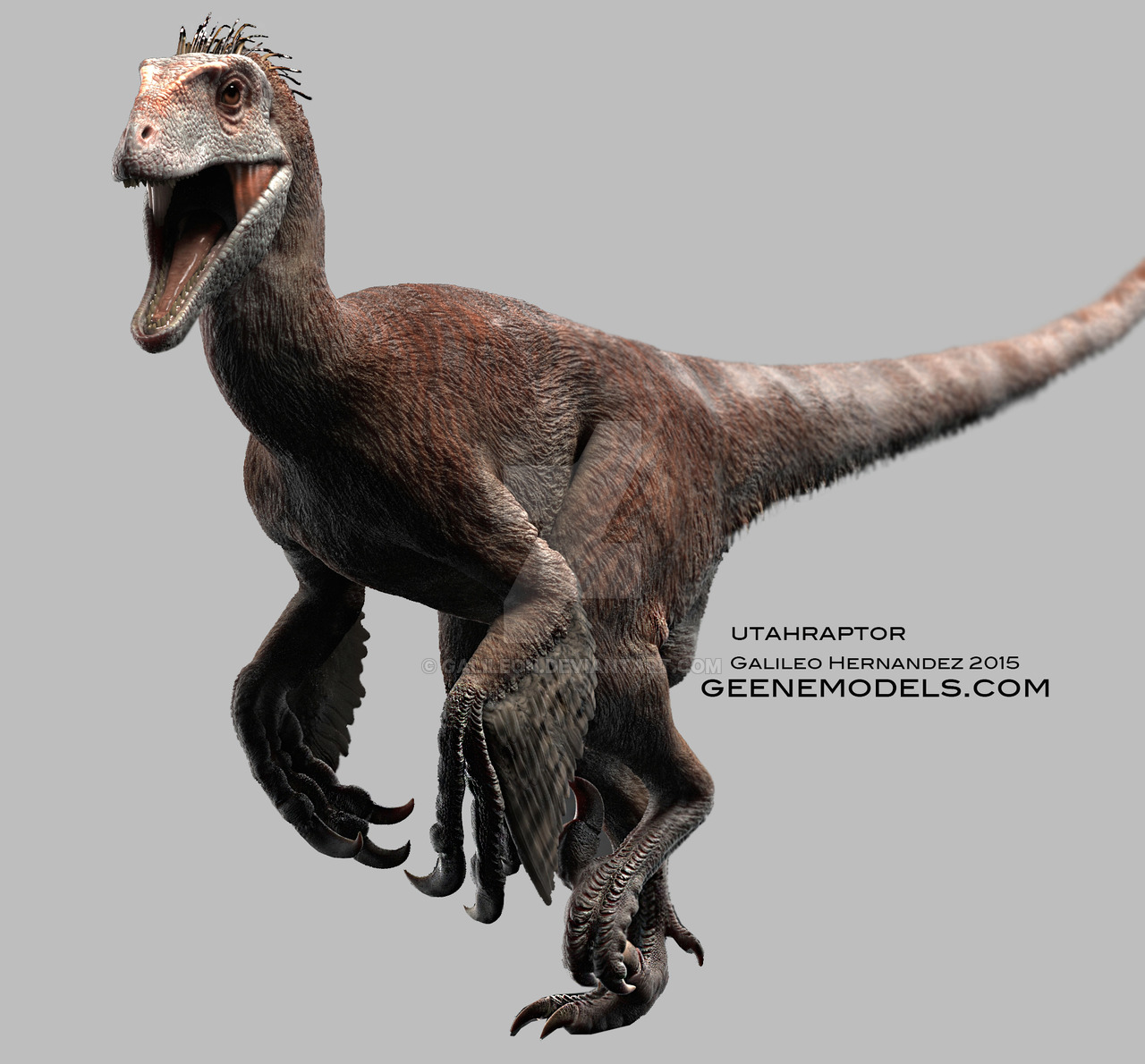
Elite Raptor 007
MemberCompsognathusApr 2, 20144405 Views6 Replies
Scientists have proposed that Triceratops is a juvenile form of Torosaurus Continue reading the main story
A study has rejected claims that Triceratops and the lesser-known Torosaurus are one and the same type of dinosaur.
Research published in 2010 suggested the two-horned animals represented merely different growth stages, with Torosaurus the adult and Triceratops the youngster.
But researchers at Yale University say the fossils do not support the theory.

The skull of Torosaurus (below) has a longer holed frill compared to that of Triceratops (top)
Nicholas Longrich and Daniel Field, of Yale University, looked at 35 specimens ascribed to both species and concluded they represented two distinct creatures.
"We looked at a bunch of changes in the skulls as the animals age and used a programme to arrange the skulls from youngest to oldest," explained Dr Longrich to BBC News.
"What we found is there are young Torosaurus individuals and very old Triceratops individuals and that's inconsistent with Torosaurus being an adult Triceratops."
Skulls attributed to the Torosaurus boast a longer frill with large holes while Triceratops has a smaller solid frill.
Dr Longrich argues that if these were the same animal, they would also expect to find transitional specimens in which the skull is morphing between the two skull types.
"We reviewed the evidence and there was no evidence for anything between Torosaurus and Triceratops. There are dozens and dozens of skulls and I think if those transitional forms really existed we would have found them."
Where the researchers say they could not find conclusive evidence for two species was the geographical distribution of the fossil evidence.
Fossils attributed to both species are found exclusively in North America, and although there are some sites where only one proposed genus has been found, the evidence could also be consistent with the single-species theory.

Responding to the paper, John Scannella of Montana Sate University, who co-authored the 2010 paper proposing a single species, said he was unconvinced.
"Nothing in the Longrich and Field paper falsifies the synonymy of Triceratops and Torosaurus," he told BBC News.
"Triceratops and Torosaurus overlap geographically and stratigraphically; Torosaurus are more mature than other Triceratops, as has been demonstrated multiple times by examination of the bone microstructure; and there are numerous intermediate specimens which demonstrate the transition from the solid frill of Triceratops to the expanded, fenestrated (holed) condition observed in Torosaurus."
Mr Scannella also pointed to his 2011 paper in which he described what he views as a transitional Triceratops held by the Smithsonian in Washington.

No youngster: the researchers reject Triceratops, with its shorter frill, is merely a young Torosaurus
"It has a small hole in its frill where Torosaurus has a larger hole, but Longrich and Field suggest that it is simply pathological. There are many other transitional specimens, several of which have been collected in recent years by the Museum of the Rockies."
Michael Pittman of the Department of Earth Sciences at University College London, said: "In the four-legged herbivorous dinosaurs like Triceratops, the skeleton changes as the animal grows; this happens in most tetrapods including in humans. So it's important that these growth-related changes are taken into account."
"The study shows how the skulls of this group of dinosaurs probably grew, and appears to falsify the hypothesis that Torosaurus is an adult Triceratops.
"The methods used in the study have broader value for helping to reconstruct growth series in other dinosaurs, which could potentially help to test similar hypotheses in other dinosaur groups."
Prof Paul Sereno, a palaeontologist at the University of Chicago, said the single-species theory "never sat well in my mind" and said palaeontology sometimes goes too far in eliminating creatures "that deserve their status as separate species".
"Besides Torosaurus not fitting neatly into a geriatric Triceratops hypothesis, the authors also remind us of other features involving the ornamental frill bones and shape of the fenestrae (frill holes) that differ in Torosaurus when compared to similar frill bones and depressions in Triceratops."
Replies to Torosaurus And Triceratops - 2 Species not 1
Hey Guest, want to add your say?
Are you an avid Jurassic World fan looking for a dedicated online community of likeminded fans? Look no further! Create your own profile today and take part in our forums and gain XP points for all the content you post!


